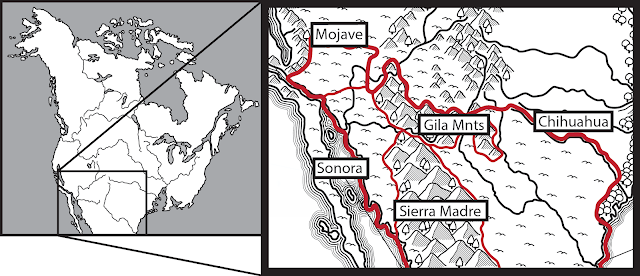Roll20 HotT and DBA - Introduction
I am a big fan of the DBx of games pioneered by Phil Barker and the Wargames Research Group. I especially like how the element descriptions are vague enough to allow all sorts of historical or fantasy armies to be represented, as well as how the mechanics make for battles which are easy and fun to describe after the fact. The fact a battle can be completed in 30-40 minutes is another big plus!
Though I do have some proper armies made mostly from painted risk pieces or homemade paper flats, most of my wargaming is online via Roll20. For this I use Stevie's - Simple Ancient Battle Rules - which, as the name suggests, is simplified version of DBA on a grid. Other variations I often use are Stevie's 'Lessons from History' and some of the experimental rules given on 'Improving LH' such as giving certain light cavalry and infantry 1 BW (square) ranged attacks and scouting rolls for armies.
Below are examples of tokens I have created for use in Roll20. I present them here to give examples for battle reports I will be posting to this blog.
These are two examples of elements. I use Blue and Orange to differentiate sides of a battle. At the bottom of each element is its full name, while at the center is a larger abbreviation of it. The numbers on the left side of a token, labeled M, are its movement value - the top numbering being its move in Good Going and the bottom number being its move in Rough or Bad Going. The numbers on the right side, under CV, are its combat value - the top being against mounted enemy and the bottom being against foot.
Here are three different types of Hills, the first being Good Going to move through, the latter two being Rough Going. The final, Wooded Hill, also blocks archery in the same way as woods. The central parts of these - lighter coloured on Gentle and Difficult Hills but darker on Wooded Hills - represents the crest of the Hill. The closer an element is to this crest, the higher they are on the Hill.
Here are Woods and Scrubs - both are Rough Going but like Hills above, only Woods can block archery.
Bog and Marsh are, once again, both Rough Going, with marsh blocking archery.
Here are some examples of Roads and Rivers. I've made a number of different tokens for these - straights and curves of different sizes, as well as the forks and bridges seen here. This will allow me to direct Rivers as I wish. Elements defending Rivers receive a combat advantage against enemies which are trying to cross them (i.e. standing on a river tile).
Finally are built up areas - Cities, Forts, and Villages. cities and forts are marked out by grey retaining walls - though some Forts may have brown wooden walls. The difference between them is that Cities have two gates while Forts have only one - denoted by black arrows. Villages lack walls and function much like woods - Rough Going that blocks archery. Finally we have Plough - Rough Going whenever it appears.









Comments
Post a Comment